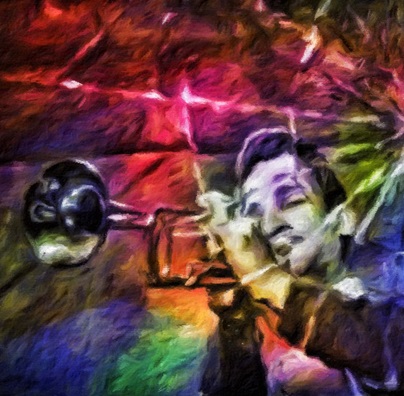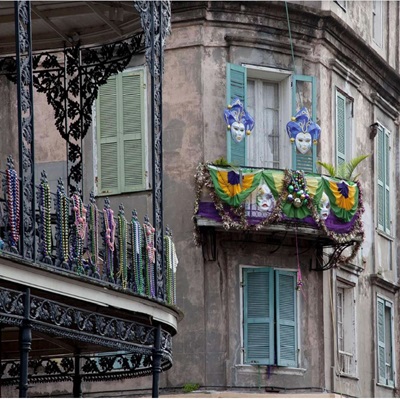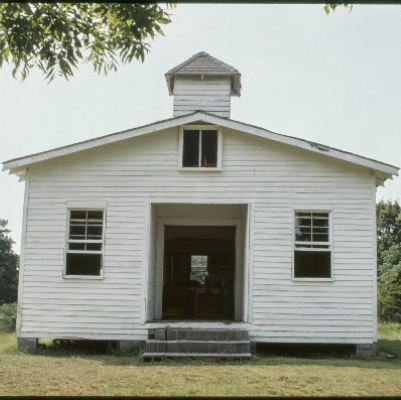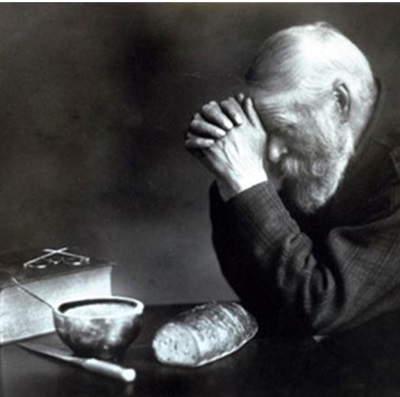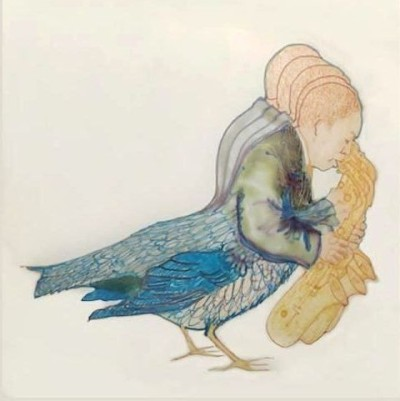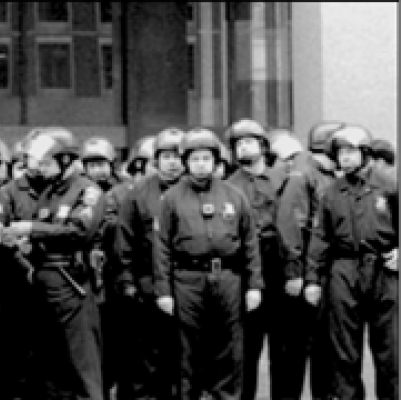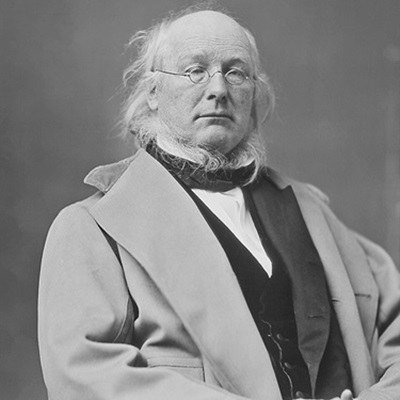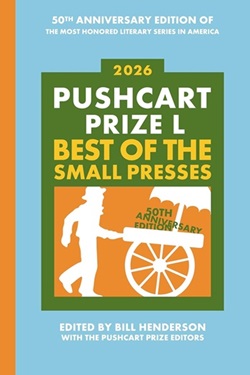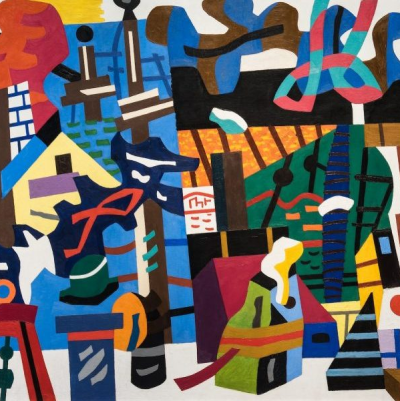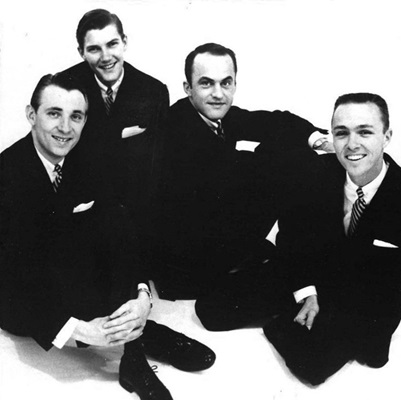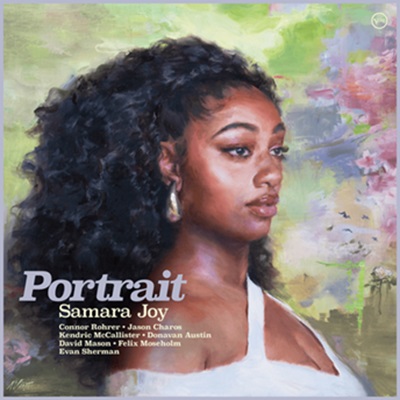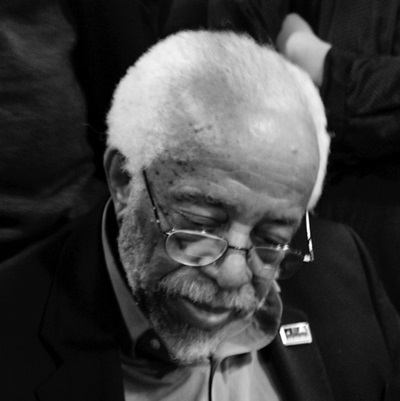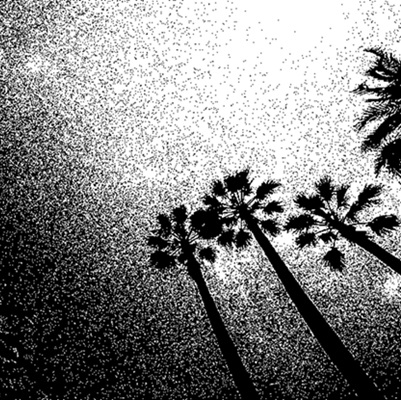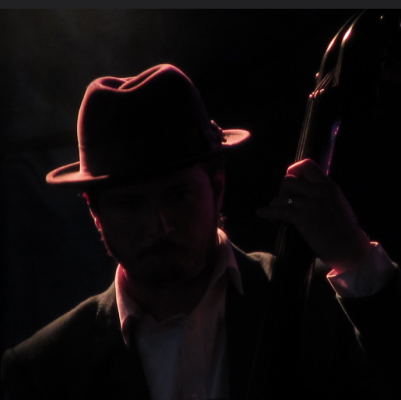The correct answer is: Quincy Jones
In a musical career that has spanned six decades, Quincy Jones has earned his reputation as a renaissance man of American music. Jones has distinguished himself as a bandleader, a solo artist, a sideman, a songwriter, a producer, an arranger, a film composer, and a record label executive, and outside of music, he’s also written books, produced major motion pictures, and helped create television series. And a quick look at a few of the artists Jones has worked with suggests the remarkable diversity of his career — Miles Davis, Frank Sinatra, Count Basie, Lesley Gore, Michael Jackson, Peggy Lee, Ray Charles, Paul Simon, and Aretha Franklin.
Jones was born in Chicago, Illinois, on March 14, 1933. When he was still a youngster, his family moved to Seattle, WA, and he soon developed an interest in music. In his early teens, Jones began learning the trumpet, and started singing with a local gospel group. By the time he graduated from high school in 1950, Jones had displayed enough promise to win a scholarship to Boston-based music school Schillinger House (which later became known as the Berklee School of Music). After a year at Schillinger, Jones relocated to New York City, where he found work as an arranger, writing charts for Count Basie, Cannonball Adderley, Tommy Dorsey, and Dinah Washington, among others. In 1953, Jones scored his first big break as a performer; he was added to the brass section of Lionel Hampton’s orchestra, where he found himself playing alongside jazz legends Art Farmer and Clifford Brown. Three years later, Dizzy Gillespie tapped Jones to play in his band, and later in 1956, when Gillespie was invited to put together a big band of outstanding international musicians, Diz chose Quincy to lead the ensemble. Jones also released his first album under his own name that year, a set for ABC-Paramount appropriately entitled This Is How I Feel About Jazz.
In 1957, Jones moved to Paris in order to study with Nadia Boulanger, an expatriate American composer with a stellar track record in educating composers and bandleaders. During his sojourn in France, Jones took a job with the French record label Barclay, where he produced and arranged sessions for Jacques Brel and Charles Aznavour, as well as traveling American artists, including Billy Eckstine and Sarah Vaughan. Jones’ work for Barclay impressed the management at Mercury Records, a American label affiliated with the French imprint, and in 1961, he was named a vice president for Mercury, the first time an African-American had been hired as an upper-level executive by a major U.S. recording company. Jones scored one of his first major pop successes when he produced and arranged “It’s My Party” for teenage vocalist Lesley Gore, which marked his first significant step away from jazz into the larger world of popular music. (Jones also freelanced for other labels on the side, including arranging a number of memorable Atlantic sides for Ray Charles.) In 1963, Jones began exploring what would become a fruitful medium for him when he composed his first film score for Sidney Lumet’s controversial drama The Pawnbroker; he would go on to write music for 33 feature films, including In Cold Blood, In the Heat of the Night, Bob & Carol & Ted & Alice, and The Getaway. In 1964, Jones’ work with Count Basie led him to arrange and conduct sessions for Frank Sinatra’s album It Might as Well Be Swing, recorded in collaboration with Basie and his orchestra; he also worked with Sinatra and Basie again as an arranger for the award-winning Sinatra at the Sands set, and would produce and arrange one of Sinatra’s last albums, L.A. Is My Lady, in 1984.
While Jones maintained a busy schedule as a composer, producer, and arranger through the 1960s, he also re-emerged as a recording artist in 1969 with the album Walking in Space, which found Jones recasting his big-band influences within the framework of the budding fusion movement and the influences of contemporary rock, pop, and R&B sounds. The album was a commercial and critical success, and kick started Jones’ career as a recording artist. At the same time, he began working more closely with contemporary pop artists, producing sessions for Aretha Franklin and arranging strings for Paul Simon’s There Goes Rhymin’ Simon, and while Jones continued to work with jazz artists, many hard-and-fast jazz fans began to accuse Jones of turning his back on the genre, though Jones always contended his greatest allegiance was to African-American musical culture rather than any specific style. (Jones did, however, make one major jazz gesture in 1991, when he persuaded Miles Davis to revisit the classic Gil Evans arrangements from Miles Ahead, Sketches of Spain, and Porgy and Bess for that year’s Montreux Jazz Festival; Jones coordinated the concert and led the orchestra, and it proved to be one of the last major events for the ailing Davis, who passed on a few months later.)
In 1974, Jones suffered a life-threatening brain aneurysm, and while he made a full recovery, he also made a decision to cut back on his schedule to spend more time with his family. While Jones may have had fewer projects on his plate in the late ’70s and early ’80s, they tended to be higher profile from this point on; he produced major chart hits for the Brothers Johnson and Rufus & Chaka Khan, and his own albums grew into all-star productions in which Jones orchestrated top players and singers in elaborate pop-R&B confections on sets like Body Heat, Sounds…And Stuff Like That!!, and The Dude. Jones’ biggest mainstream success, however, came with his work with Michael Jackson; Jones produced his breakout solo album, Off the Wall, in 1979, and in 1982 they teamed up again for Thriller, which went on to become the biggest-selling album of all time. Jones was also on hand for Thriller’s follow-up, 1987’s Bad, and the celebrated USA for Africa session which produced the benefit single “We Are the World” (written by Jackson and Lionel Richie), and he produced a rare album in which Jackson narrated the story of the film E.T.: The Extra-Terrestrial.
– Mark Deming, for the All Music Guide to Jazz
__________
Quincy Jones Big Band in 1960
Play another Quiz Show!





